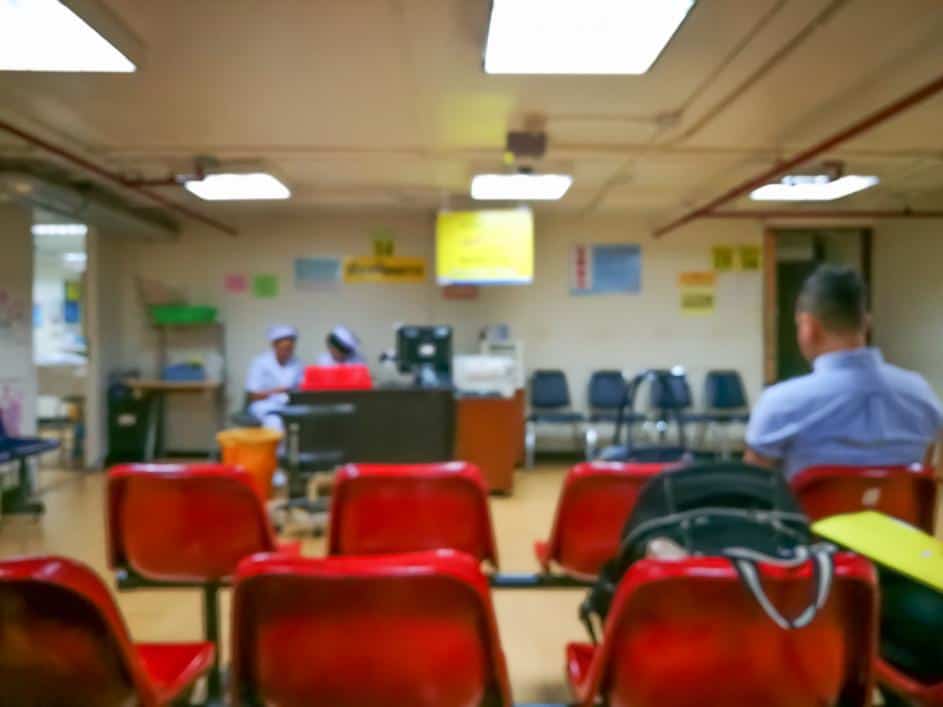Fair Health, a nonprofit that provides research to the health industry and consumers, had released research that shows that medical responses to patients in need of opioid-related treatment services can vary greatly. An analysis of addiction services provided in five states showed a 3,000 percent increase in the volume of insurance claims related to opioid dependence diagnoses from 2007 to 2014, not including government-run programs such as Medicare and Medicaid.
The new report followed the most common medical procedures related to opioid-related diagnoses that insurers paid for in 2016 in five states, including California, New York, Illinois, Texas and Pennsylvania. The states were chosen for their population density and followed insurance billing from 2007 to 2014.
Billings in California commonly receive outpatient services including outpatient therapy as well as drug testing to screen for narcotic use, while Illinois’ top two opioid-related services were 15-minute doctor-office visits and injections of naltrexone, an opioid antagonist that stops the effects of the powerful drug. Naltrexone is used to help prevent relapse in recovering addicts. In New York, however, methadone, often used to help wean patients from opiates such as oxycodone and heroin, and was prescribed to patients more than any other drug.
Texas billed patients for drug screening and testing more than all of the other states, and it was the most common type of all the addiction services offered. It’s unclear why this is the most billed service in Texas, however, California’s most common services probably can be attributed to the large number of treatment centers in the state. In states where there is more access, there are more people in treatment.
One surprising aspect of the study was the age of patients needing services. The largest percentage of medical coverage claims (32%) related to opioid abuse came from older patients — those ages 51 to 60.
This patient age group accounted for 32 percent of the services billed in rural areas and 25 percent in urban areas from 2007 to 2016. By contrast, 19 to 22-year-olds accounted for just 2 percent of billed services in rural areas and 10 percent of billed services in urban areas.
Because the research left out Medicaid and Medicaid, these addiction services numbers may be skewed towards those with health insurance from the workplace. However, the numbers seem to give a nod towards nationwide trends where more middle-aged people have addiction problems than ever seen in recent history. By studying these trends, addiction experts can make headway in devising new treatment plans in their own states, and advocating for more effective, science-backed addiction programs.



Leave A Comment